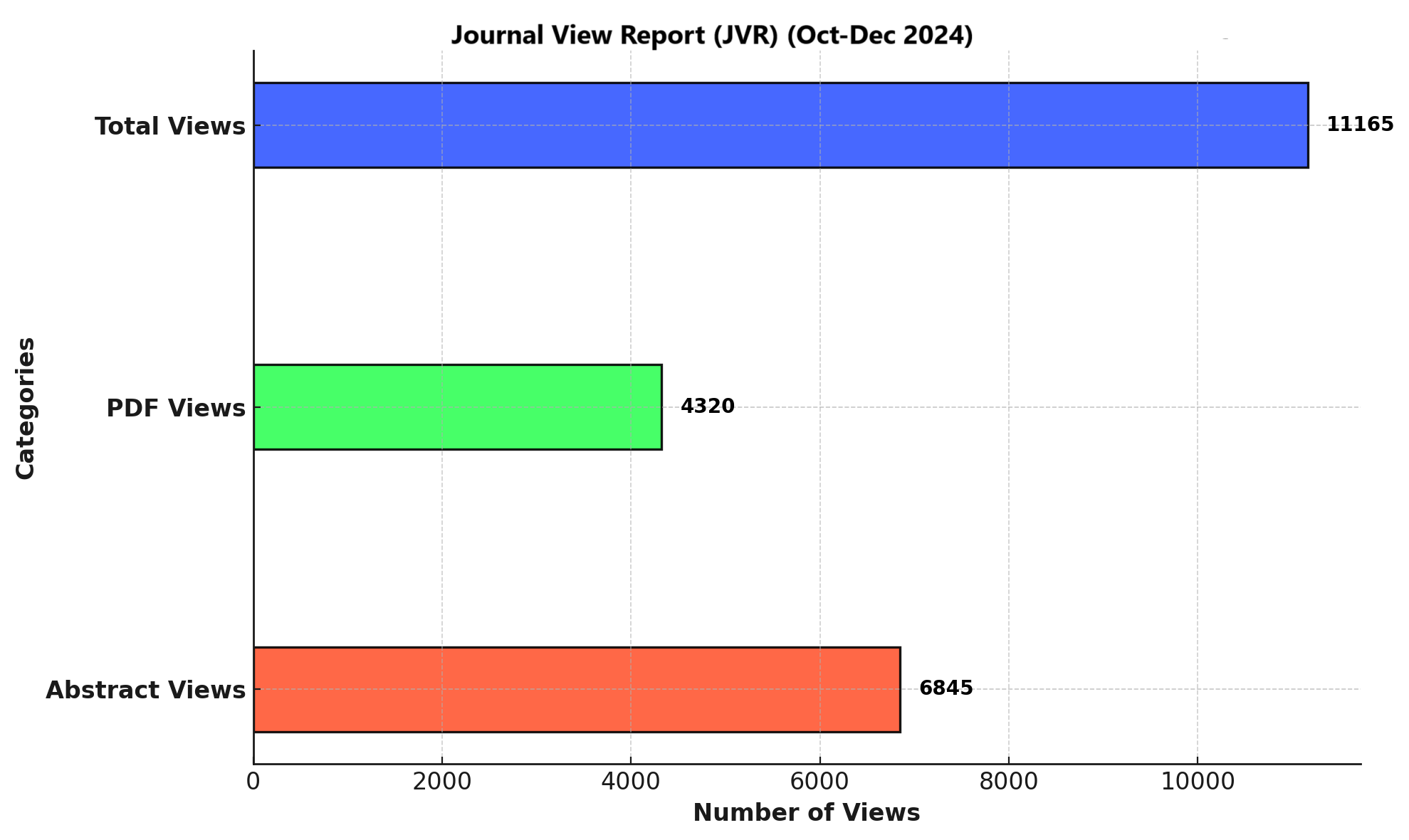TRENDS AND DEMOGRAPHIC PATTERNS OF ISCHEMIC HEART DISEASE RISK FACTORS IN PATIENTS AT A TERTIARY CARE CARDIOLOGY DEPARTMENT
DOI:
https://doi.org/10.71000/s3d1g944Keywords:
Cardiovascular diseases, diabetes mellitus, dyslipidemia, hypertension, ischemic heart disease, obesity, smokingAbstract
Background: Ischemic heart disease (IHD) is a leading cause of morbidity and mortality worldwide, primarily driven by modifiable and non-modifiable risk factors. Hypertension, diabetes mellitus, dyslipidemia, smoking, obesity, and sedentary lifestyles significantly contribute to its progression. Despite advances in cardiovascular management, the burden of IHD remains high, particularly in middle-aged and elderly populations. Identifying demographic trends and associated risk factors is crucial for targeted prevention and management strategies.
Objective: This study aimed to assess the demographic distribution and prevalence of major risk factors in patients diagnosed with IHD at a tertiary care cardiology department.
Methods: A descriptive cross-sectional study was conducted at Ayub Teaching Hospital from November 2021 to April 2022, including 104 patients diagnosed with IHD. Data were collected through structured questionnaires, medical record reviews, patient interviews, and laboratory investigations. Hypertension was defined as SBP ≥140 mmHg or DBP ≥90 mmHg, diabetes mellitus as fasting plasma glucose ≥126 mg/dL or HbA1c ≥6.5%, and dyslipidemia according to NCEP-ATP III criteria. Smoking status, obesity (BMI ≥30 kg/m²), sedentary lifestyle, and family history of IHD were also assessed. Statistical analyses were performed using SPSS 26.
Results: The mean age of patients was 54.75 ± 10.30 years, with the highest proportion (34.6%) in the 56–65 age group. Male predominance was observed (67.3%). Hypertension was present in 39.4% of patients, diabetes mellitus in 32.7%, dyslipidemia in 38.5%, and smoking in 67.3%. Obesity was prevalent in 64.4%, while 68.3% had a sedentary lifestyle. A positive family history of IHD was reported in 45.2% of patients.
Conclusion: The findings underscore the high prevalence of modifiable risk factors among IHD patients, emphasizing the need for targeted preventive measures. Effective lifestyle interventions, enhanced public health strategies, and early screening programs are essential to mitigate the disease burden.
Downloads
Published
Issue
Section
License
Copyright (c) 2025 Arshad Ali, Mati Ullah Khan, Shahzad Hussain, Sajad Ali (Author)

This work is licensed under a Creative Commons Attribution-NonCommercial-NoDerivatives 4.0 International License.







